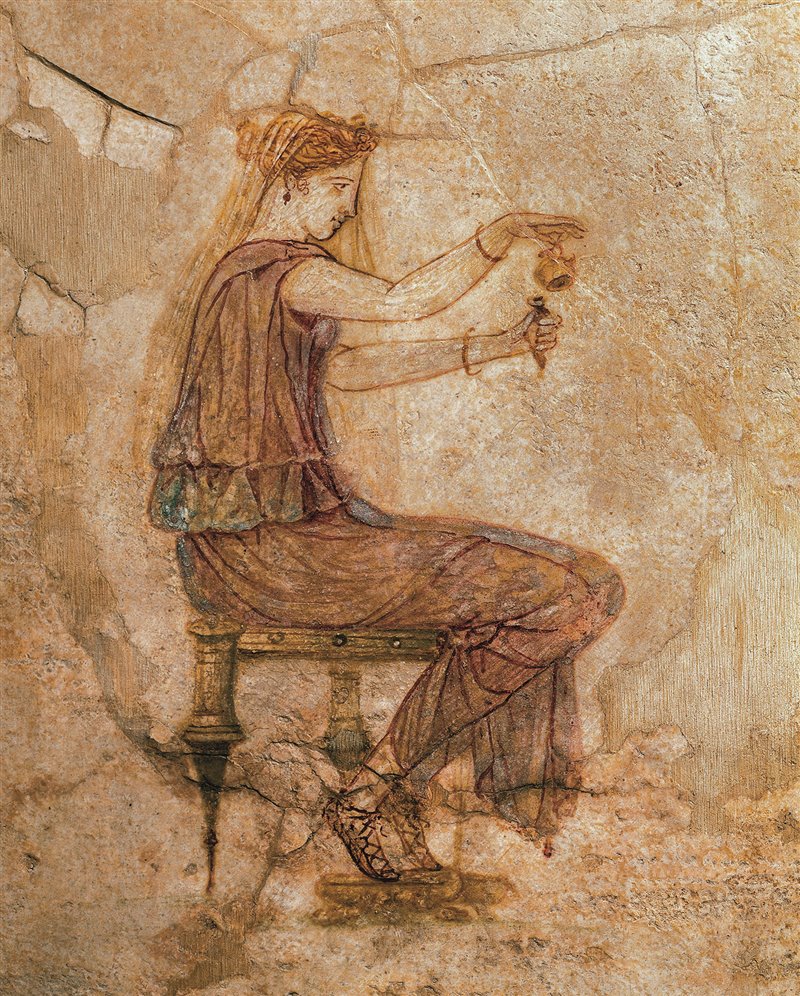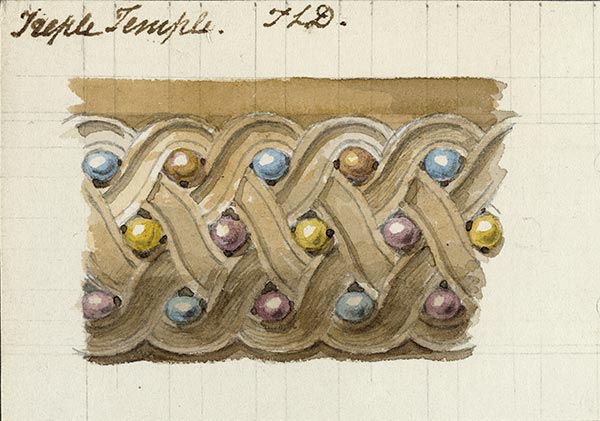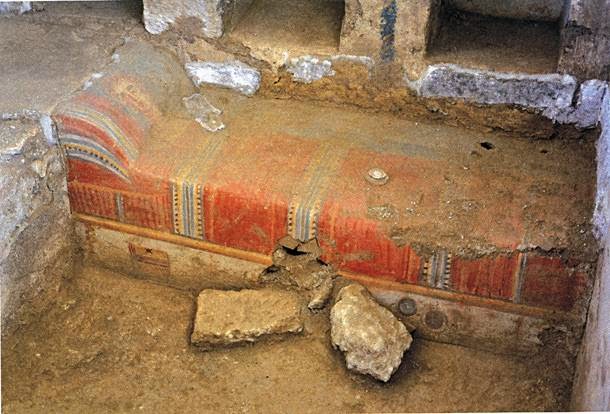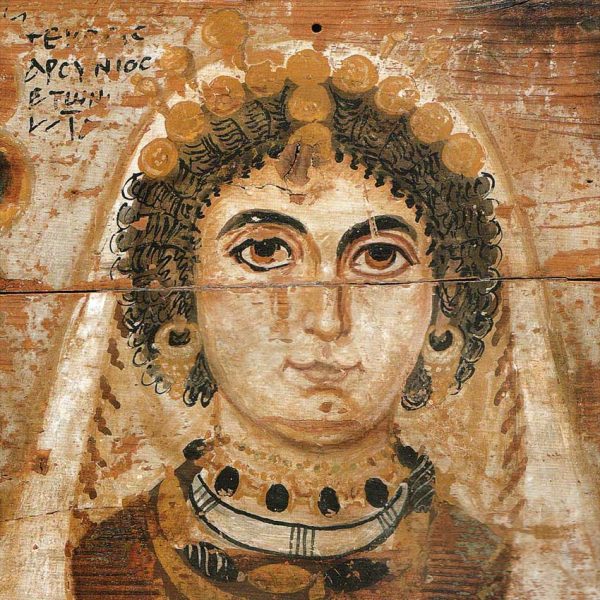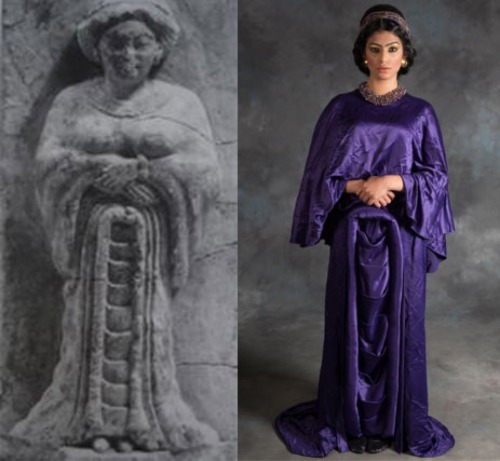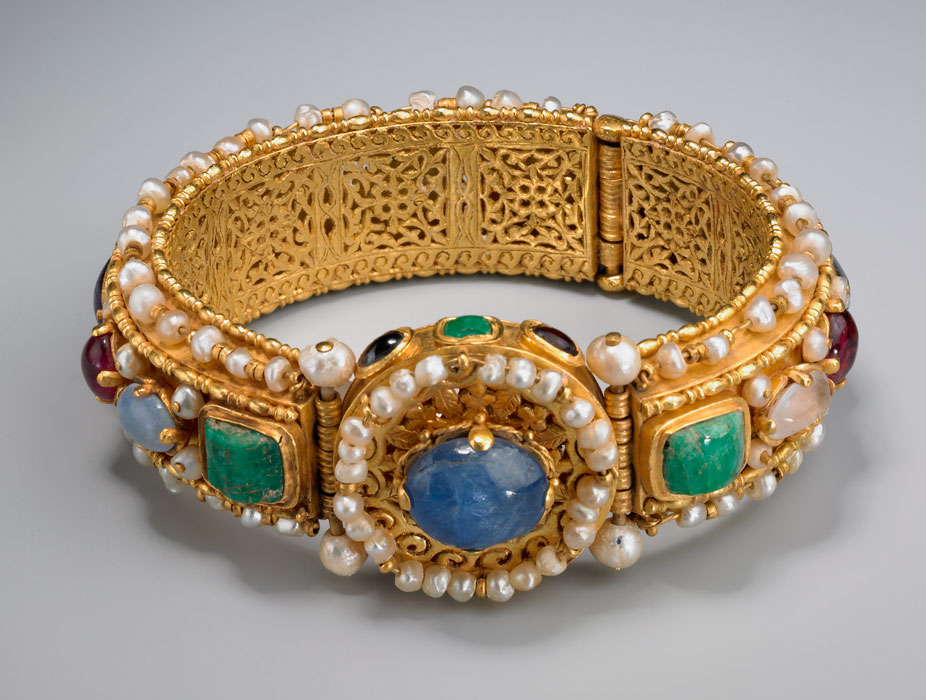“Affixing color to an object (and making it stick) is tricky business.” How humans created color for thousands of years
"Painting itself was probably the most subtle and delicate form of an ancient sculptural polychromy" Mark Abbe, Recent Research on the Painting and Gilding of Roman Marble Statuary at Aphrodisias
"The Roman painters paid attention to such pictorial effects as the lighting and rendering of minimal details, to achieve a realistic effect. (…) Therefore, the ancient polychromy of Roman marble sarcophagi, where it is still well preserved, appears to be an art of great refinement and technical sophistication, at the same level as the marble carving." Eliana Siotto The Use of Color on Roman Marble Sarcophagi

“Examples of pigments used by ancient painters: red and yellow ochre, carbon black, cinnabar, realgar, orpiment, green earth, malachite, and azurite.”
Cecilie Brøns
Ancient Colours: Perspectives and Methodological Challenges

Hellenistic color palette
“The pigments were particularly ochre in red, yellow and green tones, red, bright pink and yellow iron oxides (such as hematite and goethite), cinnabar red, madder lake (an organic bright pink or red colour made from a root) light yellow vanadium, blue azurite, Egyptian blue (an artificially produced colour), green malachite, green celadonite (a form of green earth) as well as lead white and black coal. Also gold leaf could be applied.
Particularly worthy of note is a new and, at that, typically Hellenistic penchant for two colours: light blue and bright pink.”
(C. Blume-Jung pp. 168, 172)

Detail of the tunic, under the belt, large band painted with bright pink (madder) superimposed on a redorange underpaint on white preparation layer. Added on the pink, final strokes of red paint animate the folds of drapery.”
Photo EFA / Philippe Collet (B. Bourgeois Thérapéia, pp. 204-205)


Photo © Phillipe Collet, EFA (In situ X-Ray Fluorescence analysis of raw pigments, p. 815)
"In ways that often have received little comment, ancient sculptors achieved a high mastery of lighting and the luminous effects – in both bronze and marble. Light was absolutely central to ancient aesthetics of art, and the perception of ancient marble sculpture. We should imagine the complex visual effects of polishes oscillating between many factors – including the substrate (translucent white marble), surface applications(applied polychromy in different binding media), the topography of the physical surfaces(both the worked marble and polychrome applications) – all in relation to light." Mark Abbe Politura and polychromy

1st century BCE carnelian intaglio depicting a sculpture painter
with the brush in right hand, palette in left and painting (possibly in tempera) a female portrait bust. (after M. Abbe, Politura and polychrome).
Photo © the Metropolitan Museum, Inv. no. 81.6.48
“The rendering of the areas of the skin on Hellenistic sculptures may have proceeded in three different ways. There is no doubt that the skin could both be painted in a colour true to life and gilded. By way of an example, traces of a light skin colour are to be found on a portrait of Berenice from Kyrene and gold leaf on the skin of a small portrait head from Takhti-Sangin in present-day Tajikistan.
There is moreover diverse evidence that the areas of skin could have been left marble white and simply given a coating of wax.(…)
There are, in addition, on the Roman wall paintings from Pompeii depictions of both: statues with natural skin colour and some with skin shown marble white, e.g. a painted statue of Mars in the Casa della Venere in Conchiglia: while the god’s eyes, hair and cloak are coloured, his skin is as ‘whitish’ as the statue’s pedestal.” (C. Blume-Jung Bright Pink pp. 177-179)

Photo C. Blume
SOURCES
- Ancient Colours: Perspectives and Methodological Challenges in The Value of colour pp. 311-337, Cecilie Brøns
- Bright Pink, Blue and other Preferences. Polychrome Hellenistic Sculpture Clarissa Blume-Jung academia.edu
- When Colour tells a Story. The Polychromy of Hellenistic Sculpture and Terracottas Clarissa Blume-Jung academia.edu
- Thérapéia. Taking Care of Colour in Hellenistic Greece Brigitte Bourgeois
In Jan Stubbe ØSTERGAARD, Anne Marie NIELSEN, Transformations. Classical Sculpture in Colour, Ny Carlsberg Glyptotek, Copenhagen, 2014, p. 190-207 - A. G. KARYDAS, H. BRECOULAKI, B. BOURGEOIS, PH. JOCKEY, In situ X-Ray Fluorescence analysis of raw pigments and traces of polychromy on Hellenistic sculpture at the archaeological museum of Delos, BCH Suppl. 51 (2009) 811-829.
- Polychromy in Roman Architecture: Colours, Materials, and Techniques Stephan Zink academia,edu
- Mark Abbe Recent Research on the Painting and Gilding of Roman Marble Statuary at Aphrodisias In “Circumlitio”: The Polychromy of Ancient and Mediaeval Sculpture, edited by V. Brinkmann, O. Primavesi, and M. Hollein. Munich: Hirmer Verlag. 2010. 277-289.
- Eliana Siotto The Use of Color on Roman Marble Sarcophagi
In: ASMOSIA XI, Interdisciplinary Studies on Ancient Stone, Proceedings of the XI International Conference of ASMOSIA. Split: University of Split, Arts Academy in Split; University of Split, Faculty of Civil Engineering, Architecture and Geodesy, 2018. pp. 773-782 - Mark Abbe Politura and Polychromy on Ancient Marble Sculpture
In: Perceiving Matter. Visual, Material and Sensual Communication from Antiquity to the Middle Ages and Beyond (CLARA 5), edited by K. Kollandsrud and B. Kiilerich. Oslo: Museum of Cultural History, University of Oslo. 2020. pp. 1-21 academia.edu

